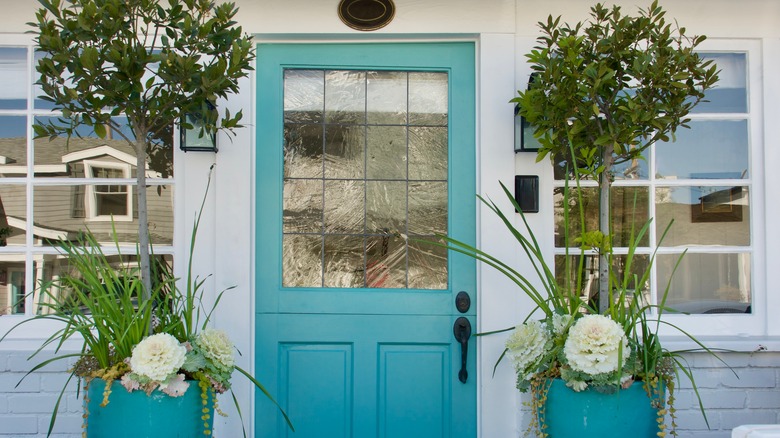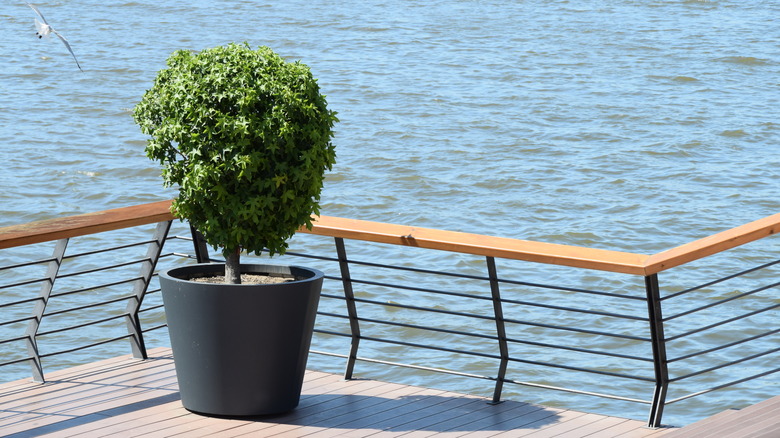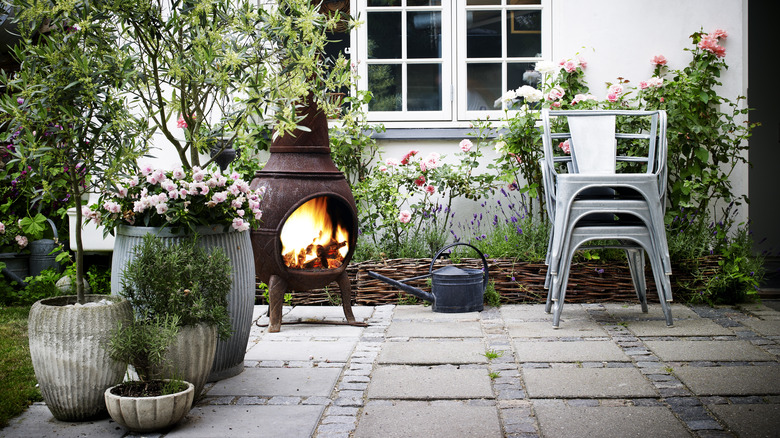How To Make Faux Plants Look Real On Your Home's Exterior
Creating a beautiful outdoor space goes a long way toward increasing the beauty of your home and your enjoyment of spending time outside. Outdoor plantings can create a magical, botanical world, but all too often, factors interfere with its beauty. Climate, watering restrictions, and high-maintenance care needs can negatively impact the things you grow in your yard. There may be a better solution if you are struggling to keep the outside of your home and your yard looking in tip-top shape. Where nature fails, the huge variety of artificial greenery and flowers can be a lifesaver.
Unfortunately, all too often, homeowners find that their faux additions to the outdoors lack something essential, whether it's realism, durability, or the desired look they wish to create. There are, however, a number of tips to keep in mind when adding faux greenery or flowers to your outside space that will have them doubling effectively for the real thing.
Shop around
While faux plants, greenery, and flowers are available everywhere from the Dollar Trees to craft and home stores, not all are created equal, and not all may be what you're looking for. As with most things, you get what you pay for, so with faux plants. often the ones that add the most impact and look the most like the real thing will cost a bit more. Finding what you want may involve trying things out and scoring home stores and online retailers.
You may also want to consider the type of artificial plants or flowers to use. While many faux plants would not work directly in the ground, pots and planters can be a great way to home these artificial plants in a way that looks real, such as topiaries, which are already highly cultivated and trimmed plants. In addition, you will want to select plants that match the landscape and climate of your home, avoiding, for example, a palm tree in the middle of the Midwest that will instantly flag as artificial. Stick to plants that can conceivably be growing in your yard.
Use groupings and imperfection to camouflage
A single artificial plant, tree, or bush in your yard may unwittingly call attention to itself if left alone, so a handy trick for de-emphasizing the faux plant is using a grouping of other things around it. This can include placing fake plants mixed with real plants and creating small scenes in your garden incorporating other exterior elements like bird baths, lawn decor items, furniture, statuary, or stones.
While you can place an artificial in the ground, it is often better to use your fakes in planters, where you can more easily hide the base and stem, which can often be a giveaway for fakes. Try placing pebbles, soil, mulch, or moss around the stem or base of the plant to hide it. You can also create a sense of camouflage by mixing faux plants with real ones., such as a faux topiary with real live flowers or greenery at the base.
Natural plants are rarely perfect, so look for ways to make artificial plants more closely resemble their less-perfect cousins. This can be done by making the leaves and shape of the plant more uneven than the manufacturer created it to be. You can also cut back leaves and stems to be different sizes or more ragged and natural. If your leaves are too shiny, try rubbing them with soil, which will take off some of the shine and make them look more like the real thing with a matte finish.


